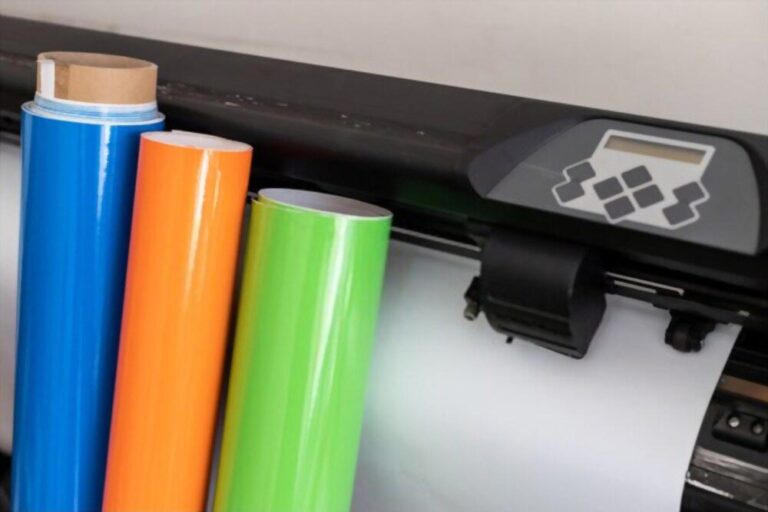The Basics of Commodities: What Every Trader Needs to Know
Trading commodities can be a lucrative endeavor, but it requires a solid understanding of the market and its intricacies. Whether you’re a novice trader looking to expand your portfolio or a seasoned investor seeking to diversify further, grasping the basics of commodities is essential.
In this comprehensive guide, we’ll delve into the fundamental aspects of commodities trading, covering everything from understanding commodities to analyzing markets and implementing effective trading strategies.
Understanding Commodities
Commodities can be broadly categorized into three main types: agricultural commodities, energy commodities, and metals commodities. Agricultural commodities include crops like corn, wheat, and soybeans, as well as livestock such as cattle and hogs.
Energy commodities comprise crude oil, natural gas, and gasoline, which are essential for powering industries and transportation. Metals commodities encompass precious metals like gold and silver, as well as industrial metals such as copper and aluminum.
Several factors influence commodity prices, including supply and demand dynamics, geopolitical events, and economic indicators. For example, adverse weather conditions can impact crop yields, leading to fluctuations in agricultural commodity prices.
Similarly, geopolitical tensions in major oil-producing regions can disrupt supply chains and drive up energy commodity prices. Economic indicators like inflation rates and interest rates also play a significant role in shaping commodity prices, as they affect consumer purchasing power and investment decisions.
How to Trade Commodities
Commodities are traded on various exchanges around the world, with the most prominent ones being the Chicago Mercantile Exchange (CME), the London Metal Exchange (LME), and the New York Mercantile Exchange (NYMEX).
These exchanges facilitate the buying and selling of commodity futures contracts, options contracts, and exchange-traded funds (ETFs), providing traders with access to a wide range of commodities markets.
Traders can employ various strategies to trade commodities, depending on their risk tolerance and investment objectives. Futures contracts allow traders to buy or sell commodities at a predetermined price on a specified future date, providing them with price certainty and hedging opportunities.
Options contracts give traders the right, but not the obligation, to buy or sell commodities at a predetermined price within a specified time frame, offering flexibility and leverage. Exchange-traded funds (ETFs) provide investors with exposure to a basket of commodities through a single tradable instrument, making them an accessible option for retail investors.
While commodities trading can be profitable, it also carries inherent risks that traders must be aware of. Price volatility is a significant risk, as commodity prices can fluctuate widely in response to market dynamics and external events.
Margin requirements are another consideration, as traders are often required to maintain a minimum margin balance to cover potential losses. Regulatory risks also exist, as changes in government policies or regulations can impact commodity markets and trading strategies.
Analyzing Commodities Markets
Fundamental analysis involves evaluating the underlying factors that drive commodity prices, such as supply and demand dynamics, geopolitical events, and economic indicators. Traders use various tools and techniques, including supply and demand curves, inventory data, and government reports, to assess the fundamental value of commodities and identify trading opportunities.
For example, understanding the factors influencing the price of gold today can provide valuable insights for traders looking to potentially capitalize on movements in the precious metals market.
Technical analysis focuses on studying historical price patterns and market trends to predict future price movements. Traders use technical indicators such as moving averages, trend lines, and chart patterns to identify entry and exit points for their trades. While technical analysis does not consider the underlying fundamentals of commodities, it can provide valuable insights into market sentiment and investor behavior.
Strategies for Trading Commodities
Traders can adopt different time horizons for their commodity trading strategies, depending on their investment goals and risk tolerance. Long-term investors may choose to buy and hold commodities as a hedge against inflation or as a diversification tool for their portfolio. In contrast, short-term traders may focus on exploiting short-term price fluctuations and market trends to generate quick profits.
Hedging involves using derivatives contracts to offset the risk of adverse price movements in commodities markets. For example, a farmer may use futures contracts to lock in prices for their crops, protecting them from potential losses due to price declines. Similarly, a manufacturer may hedge against rising commodity prices by entering into options contracts to purchase commodities at a predetermined price.
Speculative traders aim to profit from short-term price movements in commodity markets by taking directional bets on future price movements. These traders may use technical analysis, market sentiment indicators, and trading algorithms to identify trading opportunities and execute trades quickly. Speculative trading can be highly lucrative but also carries significant risks, including price volatility and leverage-induced losses.
Conclusion
Commodities trading offers unique opportunities for traders to diversify their portfolios, hedge against inflation, and profit from price movements in global markets.
By understanding the fundamentals of commodities, analyzing market dynamics, and implementing effective trading strategies, traders can navigate the complexities of commodity markets and achieve their investment goals.
Whether you’re a novice trader or a seasoned investor, mastering the basics of commodities is essential for success in today’s dynamic and interconnected financial landscape.






